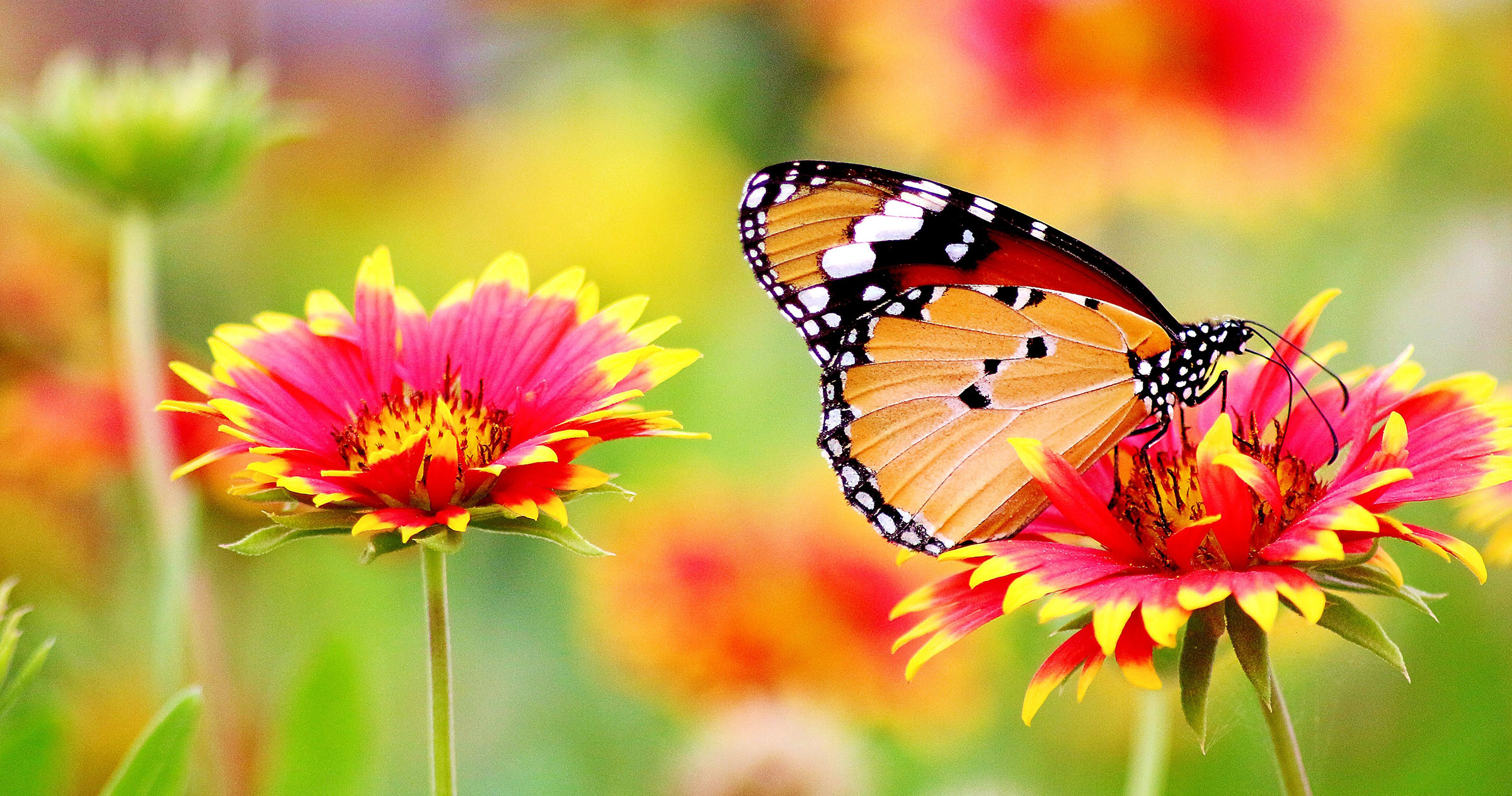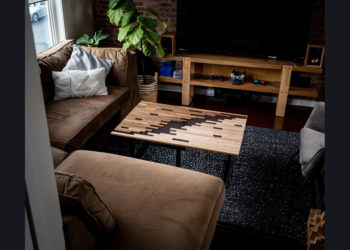Colourful backyard plants have more advantages than just aesthetic appeal. They also foster a balanced ecosystem by attracting pollinators.
According to the Turf Mutt Foundation, a US-based authority on gardening in urban settings, June is Pollinator Month, an opportunity to celebrate the ecological contributions of butterflies, bats, hummingbirds, and bees. Since the existence of one-third of our food supply depends on pollinators, any opportunity to facilitate their wellbeing is a chance to create a positive impact in the world.

To supply an attractive environment for these essential critters, the first step is understanding local conditions. For plants to thrive, they must be compatible with the soil type, average precipitation, and climate zone. Additionally, the plant must have access to the appropriate amount of both shade and sunlight.
Armed with an understanding of the local climate, and its associated restrictions, gardeners can proceed to identify ideal plants to attract pollinators. The key to success is diversity. The Turf Mutt Foundation notes that by planting a combination of various flowers, trees, grasses, and shrubs, gardeners can more easily attract pollinating creatures.

However, there are certain situations in which some pollinators are more desirable than others. If a household member is allergic to bees, for instance, understanding which plants and features attract them is essential. The breakdown below provides details:
Hummingbirds: Requiring space to fly, these birds favour water features and tubular plants. Because they lack a good sense of smell, it’s necessary to attract them with bold colours. They prefer red-hued plants with sufficient nectar. Suitable choices include verbena, lilies, petunias, and honeysuckle.

Bees: Since these pollinators rely on both colour and scouting, choosing a balance of annuals and perennial plants is the preferred option. Choosing species that bloom throughout the season ensures a steady food source. Effective options include pansies, bee balm, marigolds, and phlox.

Bats: Another essential pollinator, bats help rid yards of pests, and foster a healthy garden. Plants that bloom on a nocturnal cycle attract bats, which prey on insects. Options include moonflower, evening primrose, and cleome.

Butterflies: A good way to pull in butterflies, which are attracted to nectar, is choosing plants suitable for hosting caterpillars. Popular options include black cherry, catmint, daylily, goldenrod, and globe thistle.

Keeping these parameters in mind, homeowners can proceed to determine preferable colour schemes and patterns to add creative appeal. Identifying complementary hues and appealing scents creates an urban garden that appeals to both people and pollinators. •








